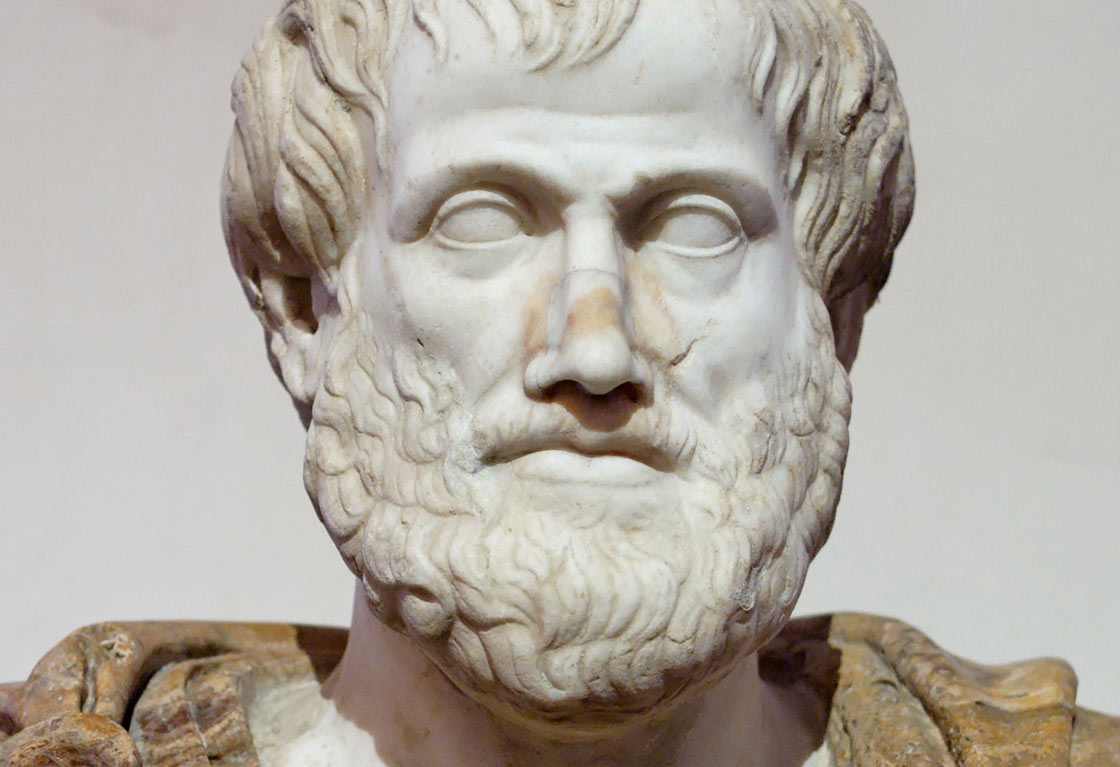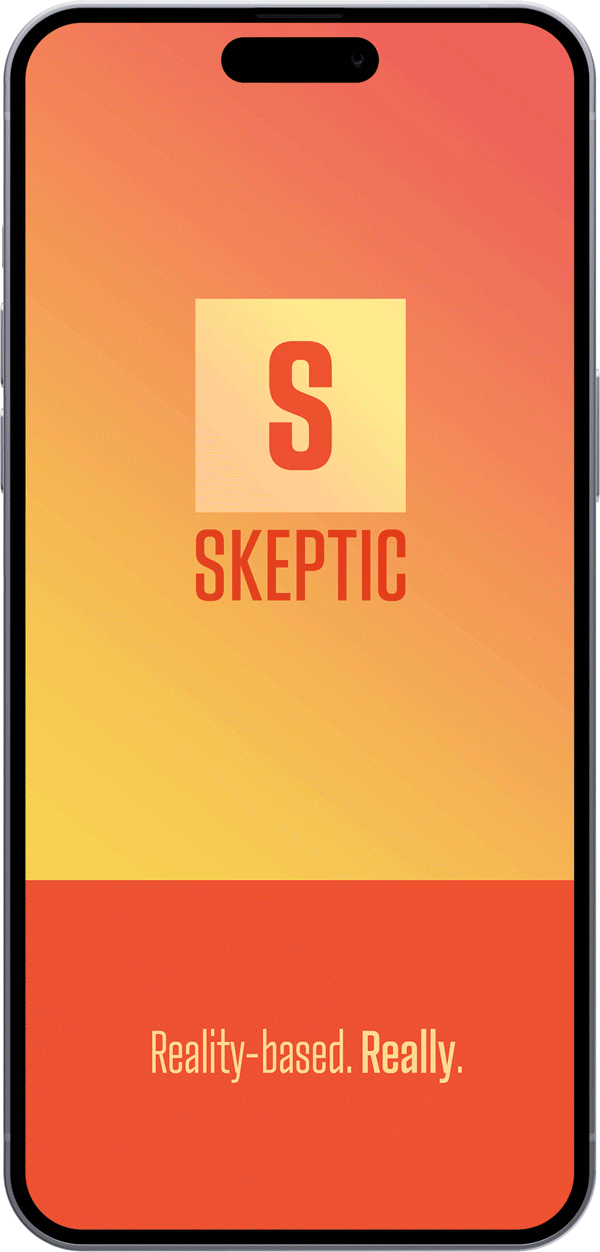If you search the web or look in introductory science textbooks, you will find the hypothetico-deductive (H-D) method often depicted as the scientific method. However, the H-D method is inadequate as a description of the scientific method, especially when it comes to assessing pseudoscientific or other dubious claims. An alternative to the H-D method more effectively discards the pseudoscientific bathwater while preserving the scientific baby.
Carl Sagan succinctly described the alternative method, which I term the multiple hypotheses (MH) method, when he wrote: “If there’s something to be explained, think of all the different ways in which it could be explained. Then think of tests by which you might systematically disprove each of the alternatives.”1 Rather than the H-D method, the MH method is the way science is best conducted.2
The Most Common Method
The H-D method is usually described as involving a series of steps. Different descriptions of the H-D method list different numbers of steps with somewhat different descriptions of the steps, but in its basic form the H-D method consists of the following four steps.
Step 1: Observe a phenomenon to be explained and propose a hypothesis to explain it.
Step 2: Deduce one or more consequences of the proposed hypothesis assuming the hypothesis to be correct.
Step 3: Collect empirical data to see if the deduced consequences hold true.
Step 4: Draw conclusions based on the results of the empirical investigations. If the consequences of the proposed hypothesis do not hold true, the hypothesis is either rejected or modified. If the consequences or implications do hold true, the hypothesis is said to be supported by the data.
Christiaan Huygens provided a description of the H-D method as far back as the 17th century, and in the 20th century Bertrand Russell noted that the H-D method has been taught to generations of students since then.3 More recently, Peter Lipton supports the assertion that the H-D method undergirds descriptions and applications in science stating that “the hypothetico-deductive model seems genuinely to reflect scientific practice, which is perhaps why it has become the scientists’ philosophy of science.”4 The H-D method certainly seems reasonable enough, which is why it is so widely endorsed and accepted.
The Method Which Should Be Used
It is my contention that science operates best according to the multiple hypotheses (MH) method rather than according to the H-D method. The MH method explains a phenomenon using the following steps.5
Step 1: Observe a phenomenon to be explained and diligently identify alternative hypotheses as explanations.
Step 2: Diligently identify a full range of empirical consequences of the hypotheses, including consequences that distinguish among the alternative hypotheses.
Step 3: Diligently obtain empirical data to see which consequences of the hypotheses hold true.
Step 4: To the extent the data are in agreement with the consequences of one hypothesis substantially more than with the consequences of any of the other hypotheses, a person is justified in tentatively accepting that one hypothesis as an explanation for the phenomenon. Conclusions can change when additional alternative hypotheses and data are identified.
A Powerful Tool to Combat Pseudoscience
According to the H-D method, researchers investigate one or more consequences of a single hypothesis, without regard for any other hypotheses. If the H-D method is taken to be the proper depiction of the scientific method, researchers can conclude the scientific method supports their favored hypothesis whenever evidence is found that is predicted by that hypothesis. The H-D researcher’s conclusion is not burdened by a concern that other hypotheses might better explain the given data or that the data at hand are but a small proportion of all relevant data.
In contrast, if the MH method is taken to be the proper depiction of the scientific method, a researcher cannot say the scientific method supports a favored hypothesis just because it correctly predicts a given set of data. According to the MH method, a researcher can say their hypothesis is supported by the scientific method only if all the data are explained by their hypothesis better than by other available hypotheses. Such differences between the methods are important, especially when it comes to investigations of pseudoscientific and other dubious beliefs.
The H-D method allows pseudoscientists and purveyors of other dubious beliefs to all too easily claim that their theories are supported by the results of the scientific method. Consider the theory of intelligent design (ID), which predicts that the fossil record will have substantial gaps between species. Such gaps are found in the fossil record. Using the H-D method, the existence of gaps can be said to support the theory of ID. In fact, the more fossils paleontologists find, the more gaps there are between them. Therefore, using the H-D method as the scientific method, intelligent design theorists can claim the scientific method supports the theory of intelligent design. And according to the H-D method ID theorists need go no further than testing this single prediction before they can say their theory is supported by the application of the scientific method. As a result, intelligent design theorists can argue their theory is scientific, rather than pseudoscientific.
Use of the MH method would reach a different conclusion. The theory of intelligent design does indeed predict substantial gaps between species in the fossil record. So does the theory of evolution through natural selection, in which the transition from species to species should be relatively smooth without substantial gaps. However, fossils are not a complete record of the existence of all species, and not all fossils have been uncovered. As a result, substantial gaps in the fossil record are to be expected and indeed are predicted by the theory of evolution through natural selection. Since both the theory of intelligent design and the theory of evolution through natural selection make the same predictions about gaps in the fossil record, such data alone do not provide the means to choose between the two theories, according to the MH method. Therefore, if they were to use the MH method, intelligent design proponents could not claim their theory is acceptable according to the scientific method.
Given leeway in choosing whatever data best suit your purpose (i.e., “cherry picking”), some empirical support can be found to agree with just about any dubious claim. As a result, the H-D method allows pseudoscientists to claim the scientific method supports just about any theory. In contrast, the MH method makes clear that a theory cannot be accepted by the scientific method unless the theory is shown to be superior to other available theories in accounting for data.
A myriad of theories have been proposed to explain the evolution of species, including the theories of natural selection, creationism, intelligent design, Lamarkianism, and De Vries mutation.6 The myriad of data that has been collected is in far better agreement with the theory of evolution through natural selection than with any other of the theories. That is why we are justified in accepting the theory of evolution through natural selection, even if that acceptance must always remain tentative.
Skeptics well understand that the theory of intelligent design is discredited when the entire wealth of available data is considered. This means skeptics are using the MH method, rather than the H-D method, when they argue that belief in the theory of intelligent design is not supported by the scientific method. Pseudoscientific and other dubious beliefs would be less likely to flourish if the public understood that science requires the use of the MH, rather than the H-D, method. Rather than teaching the H-D method, we should be teaching the MH method.
I interpret Carl Sagan’s well-known skeptical credo that “extraordinary claims require extraordinary evidence” (the ECREE principle as it is now called) as implying that accepting an extraordinary claim requires that evidence be sufficient to make alternative explanations implausible, as specified by the MH method.7 In this regard, note how skeptics regularly investigate and raise doubts about paranormal beliefs in the pages of Skeptic. Such investigations are informative precisely because they provide one or more plausible alternative explanations for phenomenon that are purported to be paranormal. In other words, skeptics debunk paranormal beliefs by using the MH method to compare alternative explanations.
The MH method is not only the best representation of the scientific method; it is also the best way to think critically in any endeavor. Whether making philosophical arguments, legal prosecutions, medical diagnoses, or repairing motor vehicles, the best procedure is to consider (and rule out) alternative explanations. For example, a criminal prosecutor rarely succeeds in obtaining a guilty verdict if alternative theories of a crime proposed by the defense are not shown to be implausible. The same holds for making other arguments or reaching other decisions whether in or outside of science.
Why It Matters
According to the H-D method, any pseudoscientific belief can be said to be supported by the application of the scientific method as long as even a single empirical consequence of the belief holds true. According to the MH method, once a skeptic presents an alternative hypothesis that explains the available data as well as the pseudoscientific explanation, pseudoscientists are not permitted to claim their beliefs are supported by the scientific method. Under these conditions, pseudoscientists must withhold judgment according to the MH method. That is an important difference between the two methods. The H-D method allows pseudoscientists to all too easily claim their beliefs are supported by the scientific method, while the MH method does not.

This article appeared in Skeptic magazine 28.1
Buy print edition
Buy digital edition
Subscribe to print edition
Subscribe to digital edition
Download our app
The MH method is neither new nor revolutionary. The method was described at least as far back as 1890.8 And building on such prior descriptions, the MH method was championed by John Platt in his widely cited article in Science entitled “strong inference.”9 As I already noted, Carl Sagan also championed the MH method. In addition, the MH method is the backbone of the logic of causal inference, such as in the widely influential work of W.R. Shadish, T.D. Cook, and D.T. Campbell in their 2002 book Experimental and Quasi-Experimental Designs for Generalized Causal Inference.10 Nonetheless, the H-D method, rather than the MH method, is still propagated as the scientific method.
It is a mistake—with substantial consequences—to describe the scientific method without explicitly noting that alternative hypotheses must be considered before a theory can be accepted. We should not be teaching an incorrect description of how science operates. When we describe the scientific method, we should explicitly teach the MH method and not the H-D method.
Best practices in science use the MH method. If everyone (including scientists, journalists, politicians, jurists, and educators) internalized the MH method rather than the H-D method, fewer people would likely reach dubious conclusions about the world. And the public would be less likely to misunderstand what it means to be scientific. ![]()
About the Author
Charles S. Reichardt is a professor of psychology at the University of Denver. He is the author of Quasi-Experimentation: A Guide to Design and Analysis, and The Method of Multiple Hypotheses: A Guide for Professional and Academic Researchers.
References
- Sagan, C. (1995). The Demon-Haunted World: Science as a Candle in the Dark. Random House.
- Reichardt, C.S. (2021). The Method of Multiple Hypotheses: A Guide for Professional and Academic Researchers. Routledge.
- Russell, B. (1931). The Scientific Outlook. Norton.
- Lipton, P. (2004). Inference to the Best Explanation (2nd ed.). Routledge.
- Reichardt, C.S. (2021). The Method of Multiple Hypotheses: A Guide for Professional and Academic Researchers. Routledge.
- Kean, S. (2012). The Violinist’s Thumb: And Other Lost Tales Of Love, War, And Genius, As Written By Our Genetic Code. Little Brown.
- Sagan, C. (1979). Broca’s Brain: Reflections on the Romance of Science. Random House.
- Chamberlin, T.C. (1890/1965). The Method of Multiple Working Hypotheses. Science, New Series 148(3671): 754–59.
- Platt, J. R. (1964). Strong Inference. Science 146: 347–53.
- Shadish, W.R., T.D. Cook, and D.T. Campbell. (2002). Experimental and Quasi-Experimental Designs for Generalized Causal Inference. Houghton Mifflin.
This article was published on April 28, 2023.















